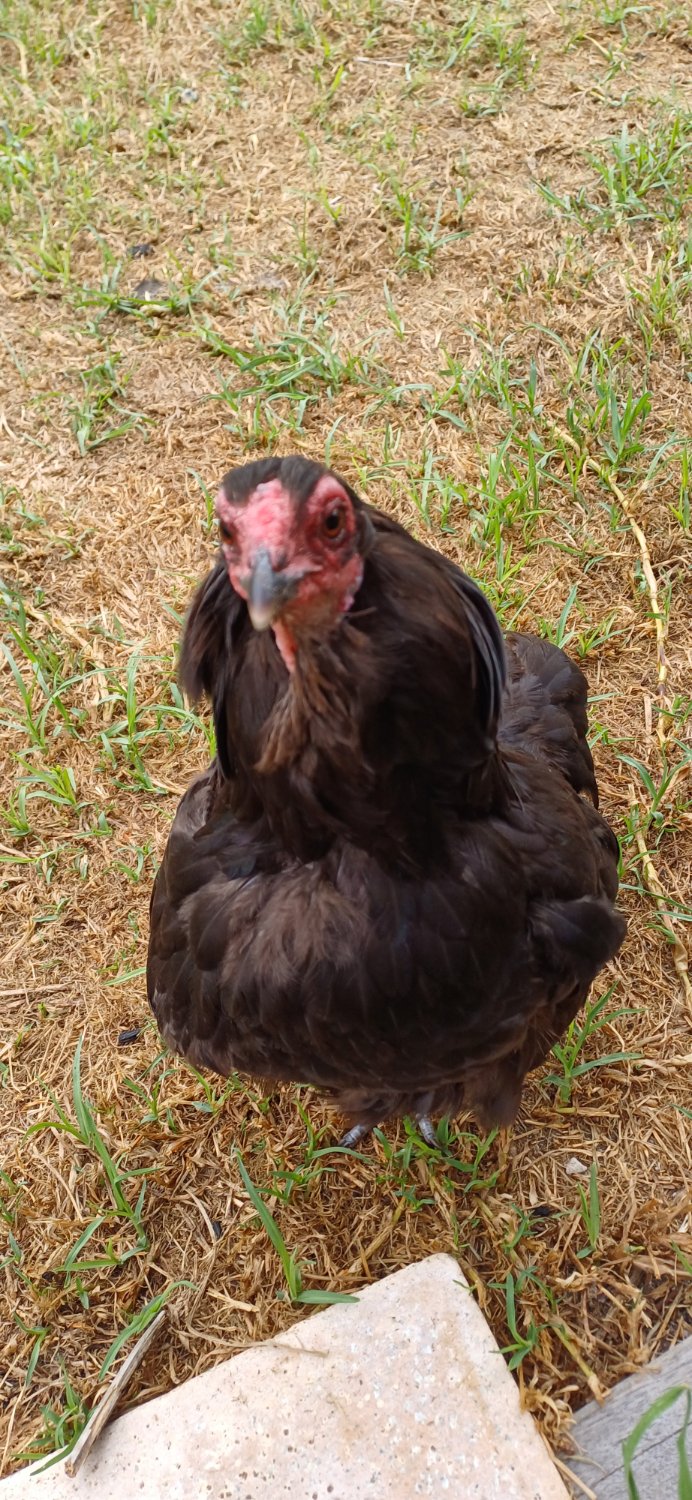Solarpunk Farming
1485 readers
18 users here now
Farm all the things!
Also see:
founded 3 years ago
MODERATORS
1
2
3
4
5
15
Big, biodiverse and beautiful: can Romania’s centuries-old giant haystacks survive modern farming?
(www.theguardian.com)
6
7
8
9
10
6
Collaboration, data and tracking move Africa’s Great Green Wall toward its goal
(news.mongabay.com)
12
13
28
Queer Farmers in California Plant Seeds, Fight Climate Change, and Make It Look Sexy
(www.thrillist.com)
15
22
Propaganda By The Seed Podcast: Growing Calorie Crops at Home with Peter Kellman and Rebekah Yonan
(propagandabytheseed.libsyn.com)
16
18
19
20
21
22
23
24
view more: next ›






